What is better to warm the greenhouse in the spring? What method is most effective and economical? What are the advantages and disadvantages of each of the methods of heating? Perhaps these are the most burning issues of greenhouse owners or those who plan on their plot the construction of such a greenhouse. We will try in detail and accurately state information on these issues. Naturally, unambiguous answers can not be, because a lot depends on the tasks of the built greenhouse, its size, materials and capabilities of the host itself. The main thing is to have a maximum of verified information and choose for yourself the best option. Well, the presented photos and video materials will help to determine the choice of the correct solution.
Ways to warm the greenhouse in the spring
The greenhouse can be used year-round or seasonally, for example, in the spring. There are many ways to warm the greenhouse in the spring with their own hands. They are simple or complex, cheap or requiring tangible capital investments, effective or insignificant. The following are all the most popular methods of heating the greenhouse, with their advantages and disadvantages.
How to warm the greenhouse in the spring - the solar method of heating
- A simple but ineffective method for heating at an early time that does not require additional costs. This method of heating can be calculated during the actual solar heat: late spring, summer and early autumn. In winter, this method is unacceptable, as the sun is not able to warm the walls of the greenhouse properly.
- The greenhouse, built of polycarbonate or glass sections, perfectly passes the sun's rays, thereby heating the soil and air.
- The heat accumulated as a result of the greenhouse effect is gradually accumulated in the room, significantly increasing the temperature regime.
- Based on this method, you can build indoors, so-called. "Sunny oven". The essence of its action is that the sun heats the stones per day, which perfectly retain it warm and give it to the greenhouse at night. So, it is possible to maintain the temperature throughout the day.
- Adjust (decrease) The temperature indicator (especially in the summer) in the greenhouse can be carried out by conducting it.
- For maximum use of solar energy when heating the greenhouse, it is important its optimally convenient location - on the south side of the site. This factor should be considered when planning the building of the greenhouse.
- To reduce the heat loss of the greenhouse, it is necessary to pay attention to the form of structures. The best options are spherical, arched, with round vaults of construction.
- To enhance the effect of heating, you can also warm the northern wall of the greenhouse, through which the solar energy does not enter. In order to preserve heat in the greenhouse as much as possible, its northern side is made opaque: closed with foil or paint white paint. This is one of the most affordable and simple ways, how to heat the greenhouse from the polycarbonate in the spring.
How to warm the greenhouse in the spring - a biological method of heating
- This method of heating is low-cost, labor-intensive, is applied year-round, including in the spring.
- The essence of the method is the preparation of "biofuels", allocating a certain amount of heat.
- As "biofuels", manure is most often used. Decomposing, it highlights warmth, thereby warming the soil. Adding crushed straw to manure will provide its best decomposition, which means the allocation of more heat. In the spring, when preparing for such heating, manure is pre-warmed. This is necessary for the "launch" of the decomposition process. To heat it, the manure is placed in a loose stack, make several holes in which hot water poured. The stack is covered with burlap for 3-4 days, after which it is ready for use as "biofuels".
- Horse manure with decomposition gives one of the highest temperatures. The compost with the addition of horse manure is also used. When using pork or cow manure, it is necessary to add to it a straw.
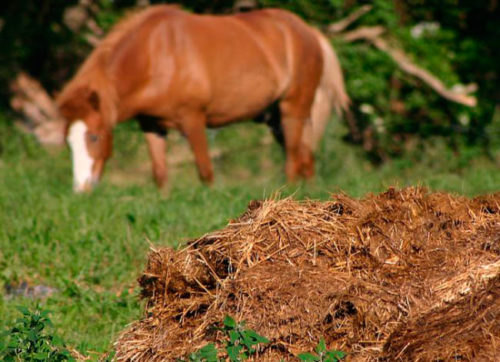
- As biological "fuel", the bark, straw, sawdust, vegetable humid or ordinary household garbage are also used. But, the temperature of the soil and the duration of heating in such cases will be significantly lower than that of manure.
- For biological heating of the greenhouse, it is necessary to observe the following technology: to remove the entire layer of the Earth with the healing racks; On the bottom to decompose the uniform layer of manure (or the other "biofuels"), filling them from about 1/3 racks (height); Top of manure falls asleep soil.
- The duration of maintaining the necessary temperature of the soil with this method of heating is different and ranges from 2 weeks (use of sawdust) to 4 months (use of horse manure).
- Applied and artificially cooked "biofuels". Locked with layers: crushed straw, lime-ammonia nitrate, superphosphate. The ratio is maintained 10: 0.2: 0.3 kg. Next, the layers are sealing and watered with hot water. The fertile land is covered on top (about the same layer height).
- Biological heating has a number of advantages: fills the soil with valuable nutrients, vitamins and microelements contained in organic fertilizers. Due to evaporation, with the rotation of the manure, the soil is naturally humidified. In addition, this type of heating does not cross air, in contrast to technical methods.
- This method of heating the greenhouse is perfect for spring time, when there are no strong frosts and you only need to maintain a certain temperature. When "biofuels" will cease its activities, it becomes warm and greenhouse on the street or open, or the seedlings are planted into the open ground.
How to warm the greenhouse in early spring
How can you warm the greenhouse, when not enough solar heat, frequent frosts and plants need a stable positive temperature. There are a number of technical devices for heating the greenhouse during the cold season with a number of heating devices.
The most complex and cost-effective heating systems are rationally used in winter, but if they are already installed in the greenhouse, they are used in the spring.
If the greenhouse is used only in spring or autumn, it is not worth installing the grandiose, expensive and complex heating appliances for this. It is enough to apply simple and affordable heating facilities for creating a warm microclimate.
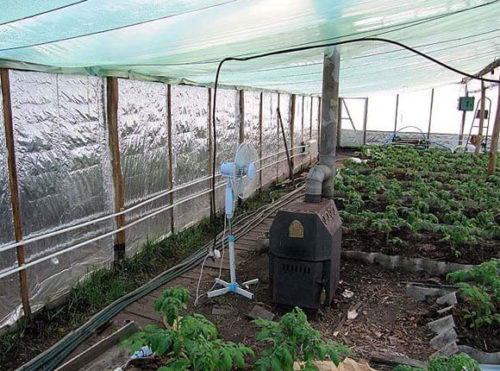
How to warm the greenhouse in the spring - the furnace method of heating
- The ovens are the most ancient and proven heating.
- This method of heating is more suitable for the coldest season - winter, or early spring. During the occurrence of sustainable warm days, it is also possible to produce a greenhouse, from time to time, maintaining the necessary temperature regime.
- Greenhouse, heated oven heating, can not make it anyone. Technical knowledge and certain skills are needed here, so that the furnace is as functional as possible, with a good and high heat transfer coefficient.
- As a rule, for convenience, the furnaces are installed in the skin of the greenhouse and the horizontal chimney is placed around the perimeter. This allows you to evenly distribute heat throughout the area.
- Chimney heating The greenhouse does not heat the soil. In this regard, racks with soil should be thermally insulated from the main soil, on which the greenhouse is built. Alternatively, you can use biological soil heating (manure) or technical (electrical, water heating).
- For heating, the furnace is used as a fuel coal, firewood, coke, household garbage.
- Heated heating can be improved and convert to water heating greenhouses. To do this, there is a water heating boiler, the pipes of which are flakeed with water tank, and the wiring is placed around the entire perimeter of the greenhouse. Circulating pipes, hot water heats the entire room.
- Another option is a solid fuel boiler, working on firewood, wood waste, seed husks or oil work. This is a very economical advantageous way of heating the greenhouse.
How to warm the greenhouse in early spring - water heating method
- In addition to water heating, the greenhouse with a furnace can be circulated hot water around the perimeter of the entire room and with an electrical or gas boiler.
- Pipes can climb not only along the walls of the greenhouse, but also from the bottom (under the floor), ensuring the heating of the soil in the greenhouse.
- Metal or plastic pipes are used for mounting the water system of heating. Currently, plastic is most often used as the most affordable material. In addition, such pipes are light, not rust and easily installed.
- Installation to radiators and pipelines of a special thermostat, allows you to automatically maintain the room temperature.
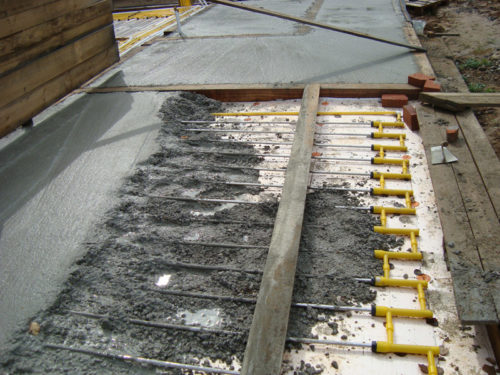
- The disadvantages of this heating system can be called the complexity of the installation work, sufficiently high economic costs and constant control over the system.
- The positive aspect of water heating the greenhouse will become a stable positive temperature and air, and the soil indoors.
- A greenhouse is also practiced to an existing heating system (for example, at home). If the boiler in the house is quite powerful and the greenhouse is located more than 10 m from the dwelling, you can safely connect. This method is very complex and expensive. In addition, it should be borne in mind that pipes leading from home to the greenhouse must necessarily inspire.
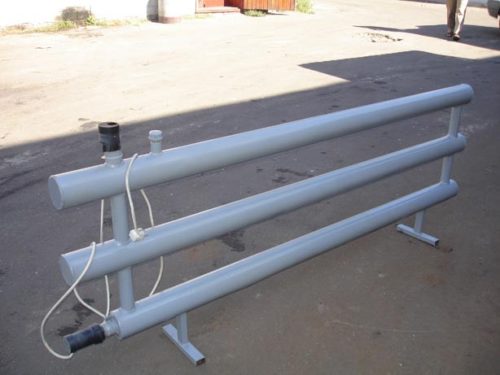
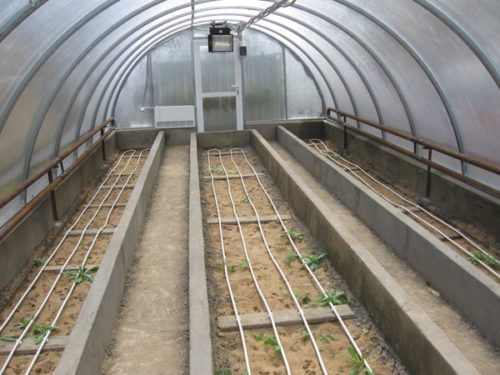
How to warm the greenhouse in early spring - air warming
- Aerial heating of greenhouses, where warm air is used as a coolant, you can also make it yourself.
- This heating system is even easier than water heating.
- Air, heating in the boiler, is distributed through the system of air ducts (as a rule, a polyethylene perforated sleeve is used).
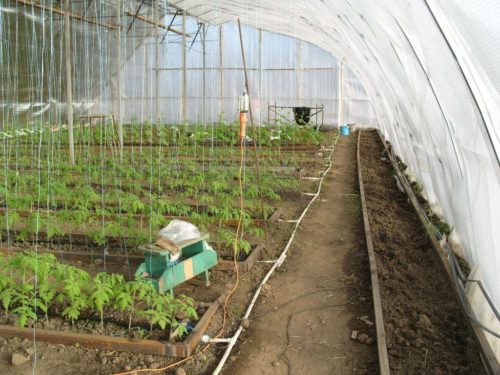
- Such sleeves laid throughout the perimeter of the greenhouse quickly and evenly warm the room and the ground. The main advantage of this method is the rapid heating of any area of \u200b\u200bthe room.
- The lack of such heating consists in a significant decrease in moisture in the greenhouse. Therefore, the humidity should be constantly monitored so that the air does not stop.
- Heating - ventilation units installed on special supports or bearing greenhouse structures are used as air heating. Such devices warmly warm the air in a greenhouse, and polyethylene sleeves are additionally used to warm the soil. This combination of air heating methods provides maximum efficiency.
- For large greenhouses, an industrial air heater operating on solid fuel can also be used. It can be installed in any place a greenhouse without controlling the subsequent process. The automatic thermostat independently adjusts the desired room temperature.
How to warm the greenhouse in early spring - gas method of heating
- A gasified area allows you to apply gas greenhouse for heating.
- How to warm the greenhouse with gas yourself, so that it is safe and efficient? Can be used gas burners or calorifers, uniformly placed around the perimeter of the greenhouse. For them, conventional gas cylinders are suitable.
- Gas heaters still need constant control and supervision.
- In order for carbon dioxide and the heat generated by the heat evenly distributed on the greenhouse, the fans are also installed.
- An alternative to such heaters can become a factory gas boiler. But, in this case, the expensiveness of this heating system should be taken into account.
- The positive moments of gas heating will be the convenient use of them for seasonal greenhouses (for example, in spring), the carbon dioxide and water will contribute to the growth of plants in greenhouse conditions.
- The problematic issue of gas heating will be a uniform distribution of heat around the room, air access for ventilation (chimney) and constant control of heating appliances.
How to dry the greenhouse in early spring - electric method of heating
- How to dry the greenhouse in spring with the help of electricity? There are several electrical installation options that can be installed personally.
- The main condition of electrical heating is the presence of electricity in the greenhouse (or near it).
- The easiest way to heat the greenhouse in the spring is the installation of electrical heaters. By changing the periodically location of the instruments, you can easily change the heat fluxes in the greenhouse.
- The advantages of this method are considered the low budget of the heating system, simplicity to use and in control. And electrical appliances with fans help uniform warming up the area of \u200b\u200bconstruction and prevent condensate on the walls of the greenhouse.
- The disadvantages of such heating will be the unevenness of the warming area when using only one instrument; And the use of several devices in a big greenhouse will entail a significant waste of electricity and financial costs. In addition, devices should not be too close to plants so that hot air does not get on them.
- Another heating method is to install a heating cable for greenhouses. It is paved in advance, under the soil layer. With this use of electricity, it is possible to save, since the energy consumption is significantly less than that of heating devices. The system is convenient to operate and allows you to evenly distribute heat over the entire area of \u200b\u200bthe greenhouse, and not only the soil, but also the air is heated. This is especially convenient when the greenhouse begins to function only in the spring and soil after the winter cold, unsuitable for plants.
How to warm the greenhouse in early spring - infrared method of heating
- For infrared heating, greenhouses use special infrared lamps, heaters and thermo film.
- Economical way to use (compared to electrical appliances), an infrared method of heating quickly and evenly heats the soil and plants without overpowing air.
- By installing the thermostat on infrared heaters, you can easily control the room temperature and keep the permanent climate control.
- Infrared radiation is harmless to plants and people.
- The advantages of this method of heating is considered to be long done (up to 10 years) devices, high returns at low costs and an easy way to install the system.
How to dry the greenhouse in frost - emergency method of heating
- What if a sudden cold snap came, and heating in the greenhouse yet? There are extra ways of heating the greenhouse facilities. Consider one example.
- The first method. This will require a barrel and porous bricks soaked in a combustible mixture. A barrel of bricks placed near the greenhouses. Then it is necessary to mount and to strengthen the tube from the top of the barrel to the ceiling of the greenhouse. When ignited brick room in the greenhouse heats up quickly and held for about 12 hours.
- The way is quite dangerous, applicable only in emergency cases and requires strict compliance with the rules of fire safety and continuous control.
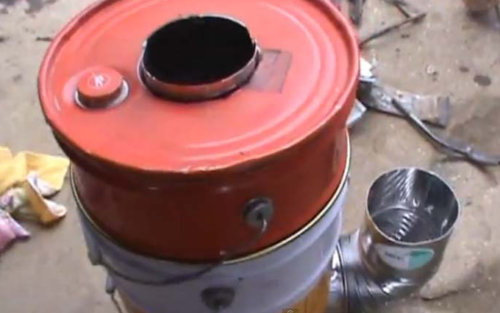
- The second way. It is used when enough sunlight during the day, but at night freezes are still possible. Plastic bottles filled with water are used. They are placed in the soil, along the entire perimeter of the greenhouse, without spinning with the lids. In the afternoon, they are heated from sunlight penetrating to the greenhouse, and at night they give the accumulated heat soil. Additionally, valuable moisture evaporates, creating a favorable microclimate for plants.
How to warm up the land in the greenhouse
- In the previous sections, some methods of soil heating in a greenhouse were considered: heating "biofuels" or bottled water, warm air on special sleeves, infrared devices, etc. Consider both the other possible soil heating options.
- Soil chimney - adaptation from the furnace located outside the greenhouse. The chimney is placed directly into the soil inside the greenhouse. Thus, it heats not only the soil, but also the air.
- "Warm floor" in the greenhouse can be easily provided by setting electric heat cables there. Does not take excess places in the greenhouse, such a "floor" perfectly warms the soil, and hence the air. In addition, it is possible to install automatic temperature control. For all benefits and convenience, the system will require certain costs for the purchase and installation of such equipment.
Than to dry the greenhouse from polycarbonate
- The choice of material for the manufacture of greenhouse is very important, as it directly affects the ability to maintain and transmit heat in the room.
- The glass is well missed light, but has low thermal insulation. Double-glazed windows - too expensive material. The film is not durable and thin. Polycarbonate is the most optimal option according to the degree of thermal conductivity and light source.
- For the greenhouse, which is "running" in the spring, there will be enough single-layer polycarbonate. For year-round greenhouse - taking two layers of polycarbonate.
- It is possible to heat the greenhouses from polycarbonate with all the above methods.
conclusions
Before choosing one or another heat heating methods in spring, it is important to decide on a number of factors:
- The size of the greenhouse.
- The material from which the greenhouse is made.
- Conditions of operation of the greenhouse (seasonally or year-round).
- Availability of technical resources: gas, electricity, boiler power in the house, etc.
- Financial opportunities.
Only, taking into account all the outlined circumstances, it will be possible to maximally determine the method of heating the greenhouse.
Carefully examining all the ways of heating the greenhouse, having familiarized with the positive and negative parties, determine the most suitable, providing comfortable growth of plants and full heated air and soil.
If necessary, it is possible to combine several methods of heat heating. This is very convenient and allows you to change the methods of heating (if necessary) or combine, if necessary.
Heated greenhouses, video
"Heat Heat Firwards":
"Polycarbonate greenhouse heating:
"Water heating greenhouse":

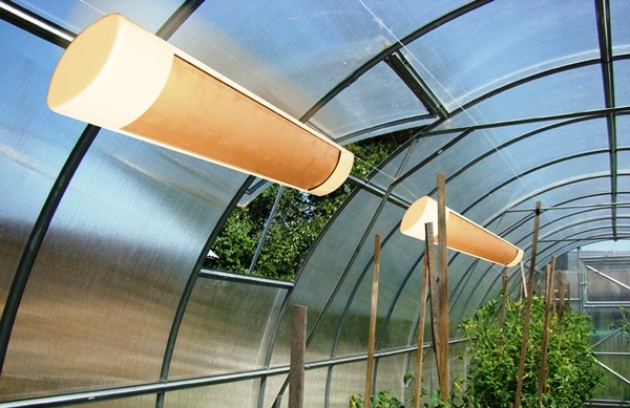

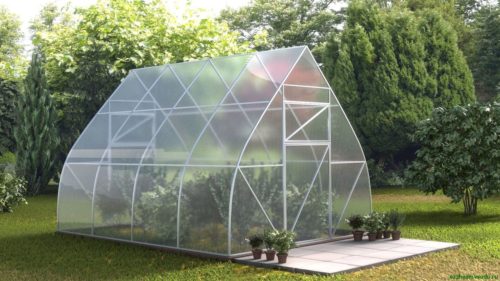
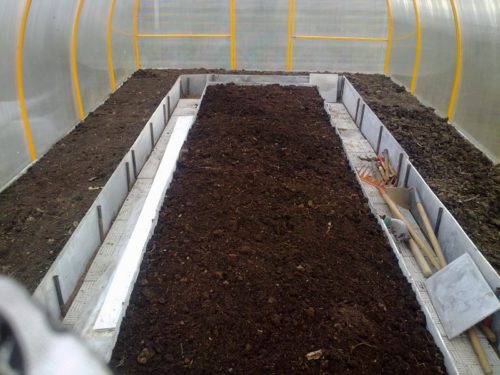
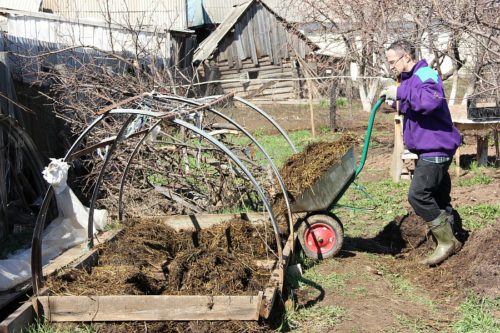
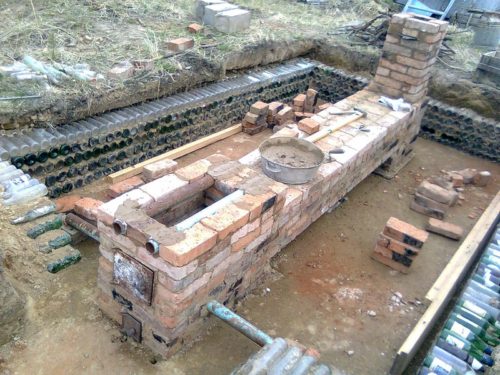
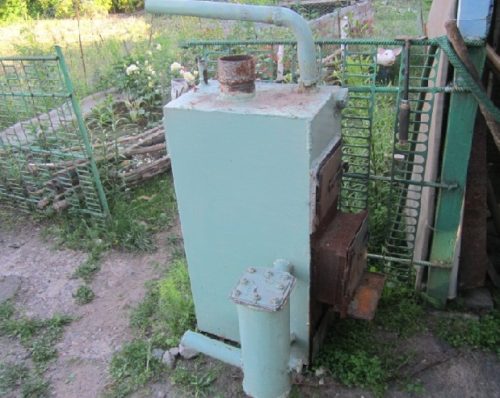
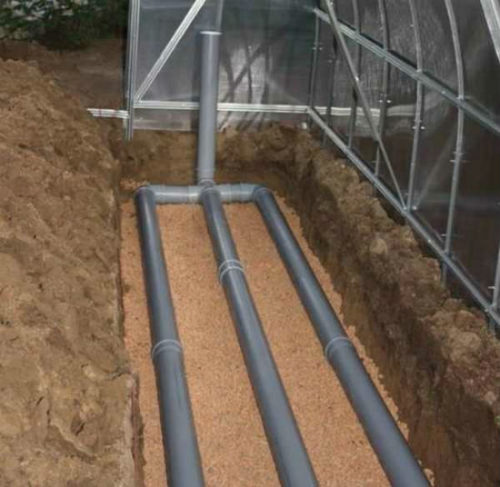
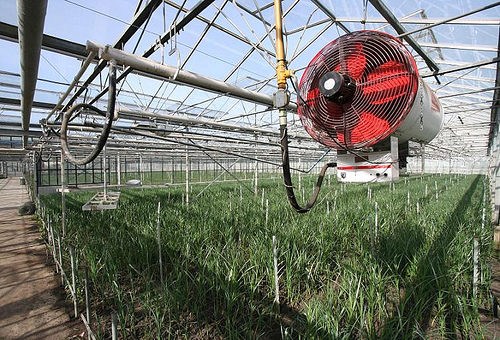
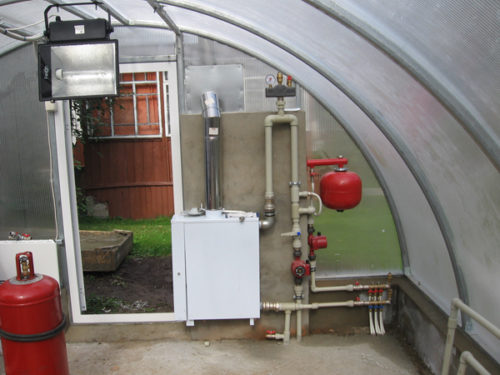

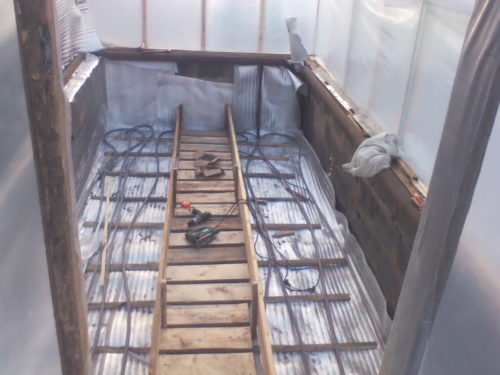

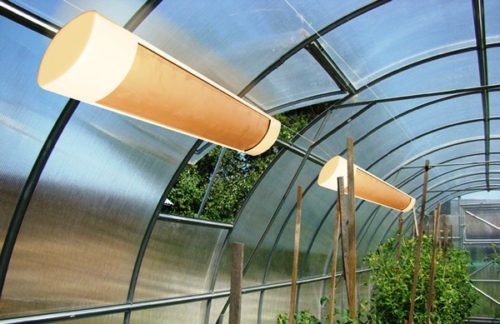

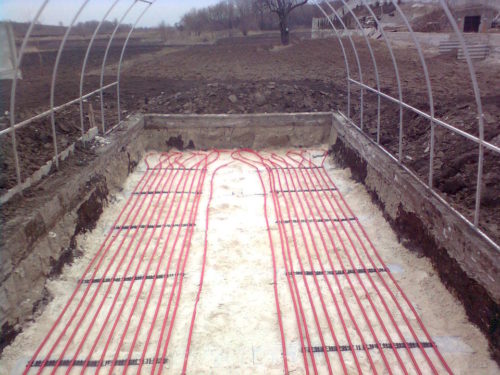
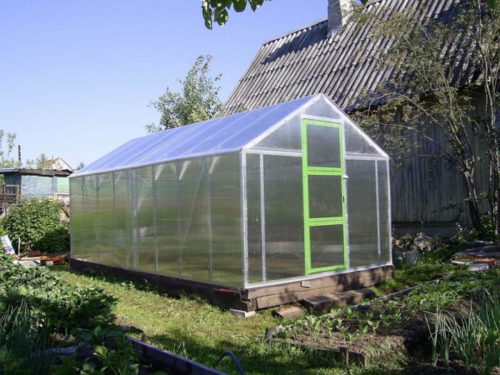
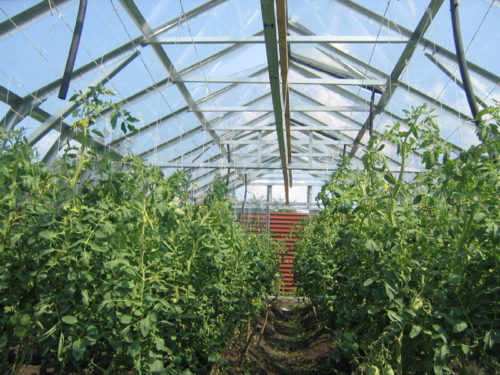












 Start a discussion ...
Start a discussion ...